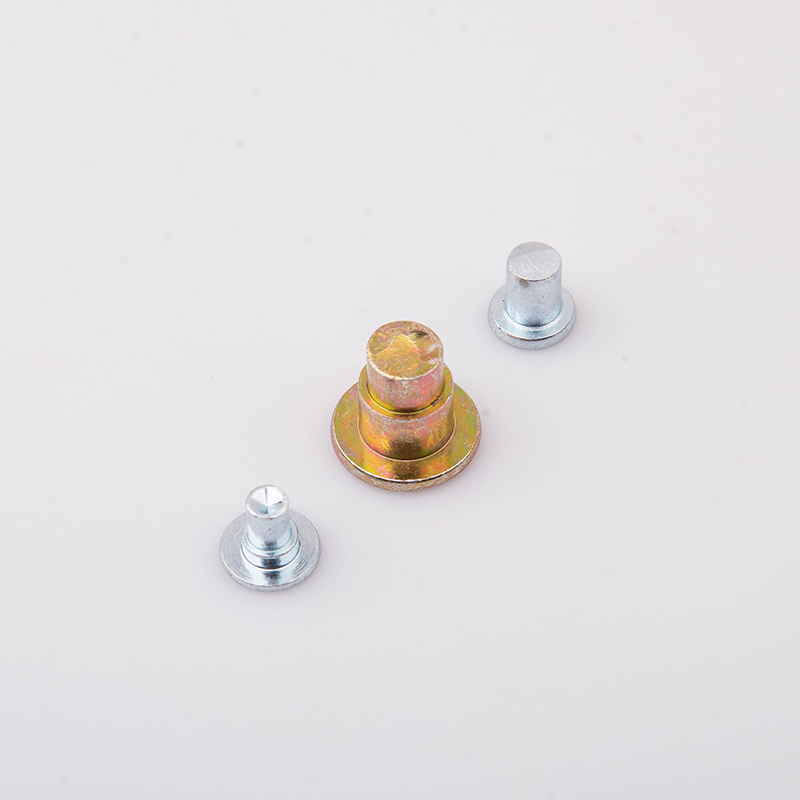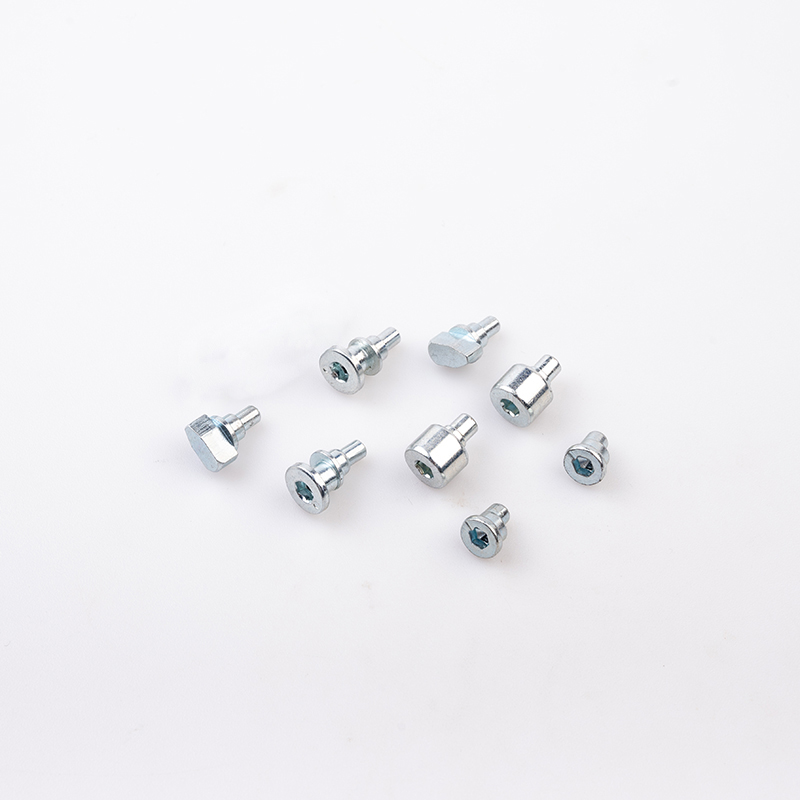In the steel forest like modern engineering and manufacturing field, seemingly inconspicuous rivets, but as the silent guardian, with its unparalleled reliability, the behemoth closely linked. From the aircraft flying in the blue sky, bridges across the moat, to our daily use of cars and home appliances, this simple but powerful mechanical fasteners, has always been an indispensable "spine" in the industrial skeleton.

The wisdom of connection through the millennium
The application of rivets is not unique to modern industry. As early as the Bronze Age, mankind has used metal rivets to strengthen weapons and armour. Cold forged rivet heads, like strong "welding points", firmly grasp the connecting plate. After the Industrial Revolution, riveting technology ushered in the golden age - the 19th century construction of the Eiffel Tower, the use of more than 2.5 million hot rivets, its solid structure is still standing; across the ocean of steel ship "Titanic", its hull is also composed of more than 3 million rivets. Titanic’, the hull of the ship is also made of more than 3 million rivets. Even if the welding technology later came to the fore, rivets in a particular area by virtue of its vibration resistance, fatigue resistance and ease of installation, still firmly occupy a place.
A delicate structure that locks in place
A typical solid rivet consists of two parts:
Head: A pre-moulded "cap" that provides a pressure-bearing surface.
Stem: A cylindrical bar that passes through a preformed hole in the workpiece to be joined.
The principle of connection is known as the "art of force":
Positioning of the holes: The parts to be joined are precisely aligned and the holes are drilled.
Pierce the hole: The rivet shank passes completely through the superimposed holes.
Tail Forming: At the other end of the shank (the tail), the metal is plastically deformed by strong pressure or impact (e.g. hammering, pneumatic/hydraulic rivet guns) to form a second strong nail head (commonly known as the "rivet head").
Locking Core: The newly formed rivet head and the original nail head act as two "iron jaws", clamping the connecting sheets tightly together. The nail bar expands inside the hole to form a tight fit, effectively resisting shear and tensile forces.
A thousand different ways to make a difference
The rivet family has evolved to meet the needs of a wide range of complex applications:
Solid Rivet: The king of structural strength, commonly used in bridges, construction steel, heavy machinery.

Semi-hollow rivets: Hollow design of the tail, when riveted to the wall of the rod rolled outward to form a locking head, suitable for lightweight materials or electronic equipment.

Blind Rivets: A revolutionary invention in modern industry! It consists of a rivet body and a built-in blind rivet stem. Only one-sided operation, with a special rivet gun to pull the nail rod, so that its head expansion and extrusion of the tail of the rivet body to form a"rivet head", and at the same time pull off or lock the nail rod. In the closed space (such as aircraft skin) installation advantages are irreplaceable.

Special types: such as large flat head rivets (to increase the pressure-bearing surface), countersunk head rivets (to ensure that the installation surface is flat), explosive rivets (the use of gunpowder expansion) and so on.

Material: Flexibility and Rigidity
Rivet performance is closely related to its material:
Aluminium alloy: lightweight, corrosion-resistant, is the mainstream choice of aviation and spacecraft.
Carbon steel: economic and strong, widely used in construction, general machinery.
Stainless steel: excellent resistance to corrosion and high temperatures, ships, chemical equipment, outdoor facilities often.
Copper/Brass: Good conductivity, corrosion resistance, commonly used for electrical connections and decorative applications.
Titanium Alloys: Superior strength-to-weight ratio and corrosion resistance, used in high-end aerospace and motorsports applications.
Monel alloys: excellent resistance to seawater corrosion, key components in offshore engineering.
The ubiquitous cornerstone of industry
Rivets are the battleground of modern industry in every corner of the world:
Aerospace: Aircraft fuselages, wing skins, engine components - blind rivets are the first choice for lightweight, reliable connections.
Construction: steel frame of skyscrapers, the main truss of giant bridges - high-strength solid rivets are still part of the key nodes of reliable protection.
Automotive: frame, chassis components, interior panels - a variety of rivets (including self-pierce riveting SPR) efficient connection of different materials.
Railway: high-speed railway carriages, underground hull structure - rivets to provide fatigue resistance, vibration resistance and durable connection.
Shipbuilding: Hull decks, bulkhead structures - stainless steel or Monel rivets to resist the harsh erosion of the sea.
Electronics: Computer cases, household appliance housings - small solid or semi-hollow rivets silently secure internal structures.
Energy: wind turbine towers, transmission towers - rivets keep structures safe in harsh environments.
Rivet, this by the simple geometric shape of the composition of the metal small pieces, is a simple combination of force and beauty. It does not have the magnificent threads of the bolt, no welding of the brilliant sparks, but the most simple plastic deformation, between the metal to establish an unbreakable trust. From the ancient artisan's hammer to the modern automated production line, it travelled through time and space, and has always been the tiny but solid pivot point behind the grand creation of mankind. In today's rapidly changing technology, rivet technology is still evolving, continue to connect the world, quietly writing the "small size, big responsibility" industrial legend.
Our company accepts customised various non-standard rivets, welcome to consult!




















